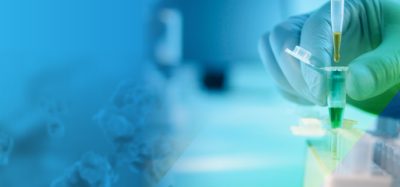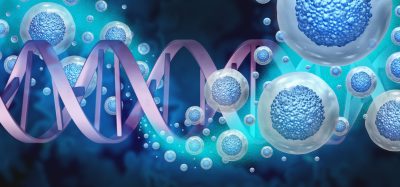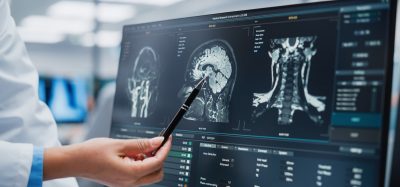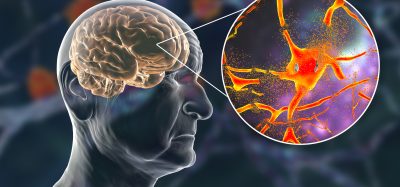New ‘ovaroid’ model research offers hope for reproductive disorders
Posted: 23 May 2025 | Drug Target Review | No comments yet
Researchers have developed the first fully stem cell-derived model of human ovarian organoids, or “ovaroids,” offering a powerful new tool for studying infertility, differences in sex development (DSDs), and related reproductive disorders.
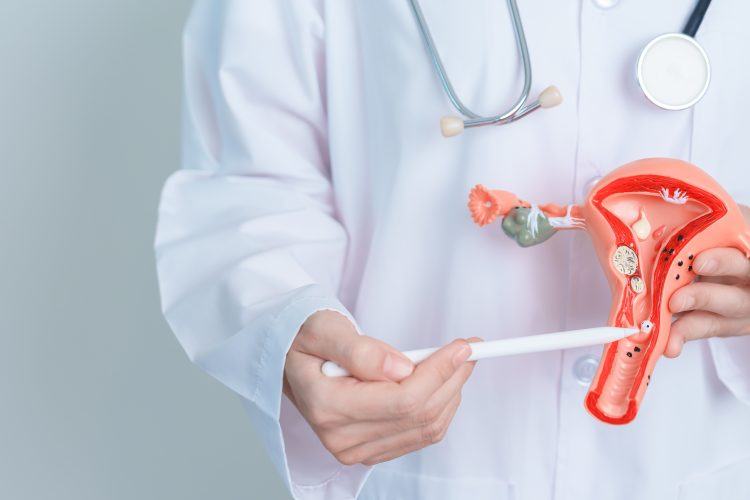

In a new development announced at the first Joint Congress of the European Society of Paediatric Endocrinology (ESPE) and the European Society of Endocrinology (ESE), researchers have created a new model of tiny human ovary organoids, called “ovaroids”, derived entirely from stem cells. This research offers an unprecedented opportunity to study the early stages of human gonad development and could lead to improved diagnosis and treatments for conditions such as infertility and differences in sex development (DSDs).
Understanding a complex process
Sex determination in humans occurs at an early stage of embryonic development, with gonads forming around the fourth week and beginning to differentiate into either testes or ovaries by the sixth week. The intricate nature of this process has long challenged researchers, especially in the context of rare conditions where genetic sex and gonadal development do not align, known as differences in sex development.
Although it is rare, affecting roughly 1 in 4,500 births, milder forms of DSDs may be present in up to 1 in 200 individuals. These conditions are often detected during prenatal screenings or early childhood, but some only become apparent during puberty or even adulthood. While advances in genetics over the past 15 years have uncovered several genes involved in atypical gonad development, about half of all DSD cases stemming from such anomalies still elude definitive genetic diagnosis.
Building the “ovaroid”
In this new study, scientists from the Institut Pasteur in Paris utilised human induced pluripotent stem cells (hiPSCs) to engineer ovarian organoids that closely mimic real human ovarian tissue. They did this by differentiating the stem cells into two crucial ovarian cell types: granulosa-like cells, somatic cells that support the development of eggs, and primordial germ cell-like cells. By combining these cell types, the team successfully created ovaroids that replicate the structural and functional features of early ovarian follicles.
While other models of ovaroids have been developed, this is the first to combine these two cell populations without relying on externally introduced transcription factors. According to senior author Dr Anu Bashamboo, “Transcription factors are proteins that bind to specific DNA sequences and turn nearby genes on or off, so using external ones can override the innate genetic programme of the cells, which makes the derived populations unsuitable for disease modelling.”
A platform for disease modelling and more
This latest advancement builds on prior work by Dr Bashamboo’s team, including collaborations with the Francis Crick Institute, where researchers developed Sertoli cells, a somatic testicular cell type, from hiPSCs with male (XY) chromosomes. These lab-grown testicular cells, when carrying a known genetic mutation associated with DSDs, failed to form the necessary three-dimensional structures, effectively mimicking the characteristics of dysgenetic gonads seen in patients.
By creating lab-grown models of both testicular and ovarian development using hiPSCs, the research addresses a big issue in reproductive science: the lack of suitable animal models. Differences in gene expression and developmental pathways between humans and animals often limit the applicability of animal studies in this field.
Future applications and broader impact
“Our work more broadly contributes a scalable, human-relevant model system to developmental biology, reproductive medicine and genetic diagnostics,” Dr Bashamboo explained. “It bridges the gap between basic science and clinical application, offering tools that could improve diagnostic yields and support the development of targeted treatments for individuals with DSDs and related reproductive disorders, including infertility and certain types of ovarian tumours.”
These models could potentially allow for a wide range of future applications, from screening drugs and environmental toxins, to advancing personalised medicine and designing targeted therapeutic interventions.
As this research progresses, the creation of human-specific gonadal organoids looks to hugely develop our understanding of early reproductive development, whilst at the same time, improving the diagnosis and treatment of complex genetic disorders.
Related topics
Cell Cultures, Disease Research, Induced Pluripotent Stem Cells (iPSCs), Organoids, Regenerative Medicine, Stem Cells, Translational Science
Related conditions
Disorders of Sex Development (DSD).
Related organisations
European Society of Endocrinology (ESE), Francis Crick Institute, Institut Pasteur in Paris, Joint Congress of the European Society of Paediatric Endocrinology (ESPE)
Related people
Dr Anu Bashamboo (Senior Author)



